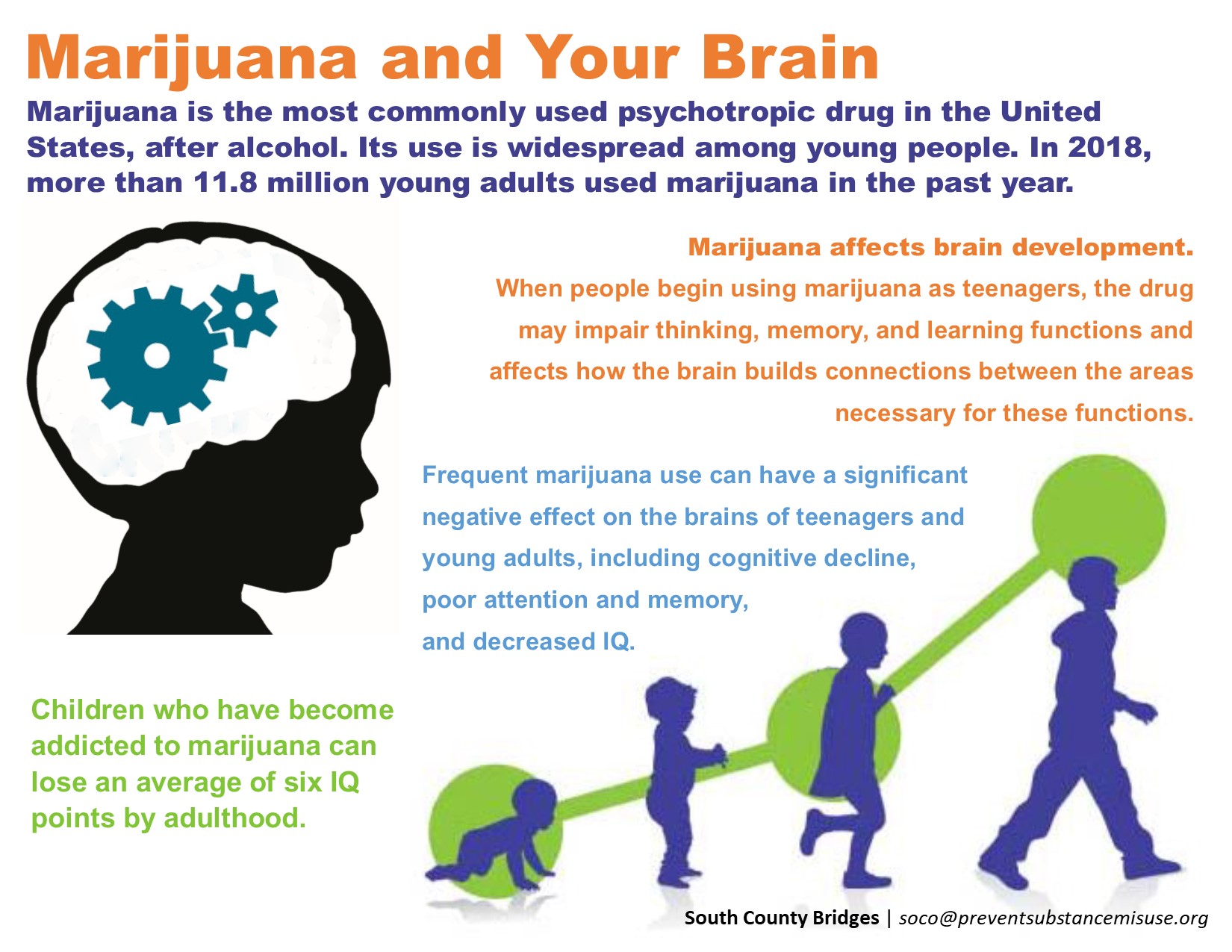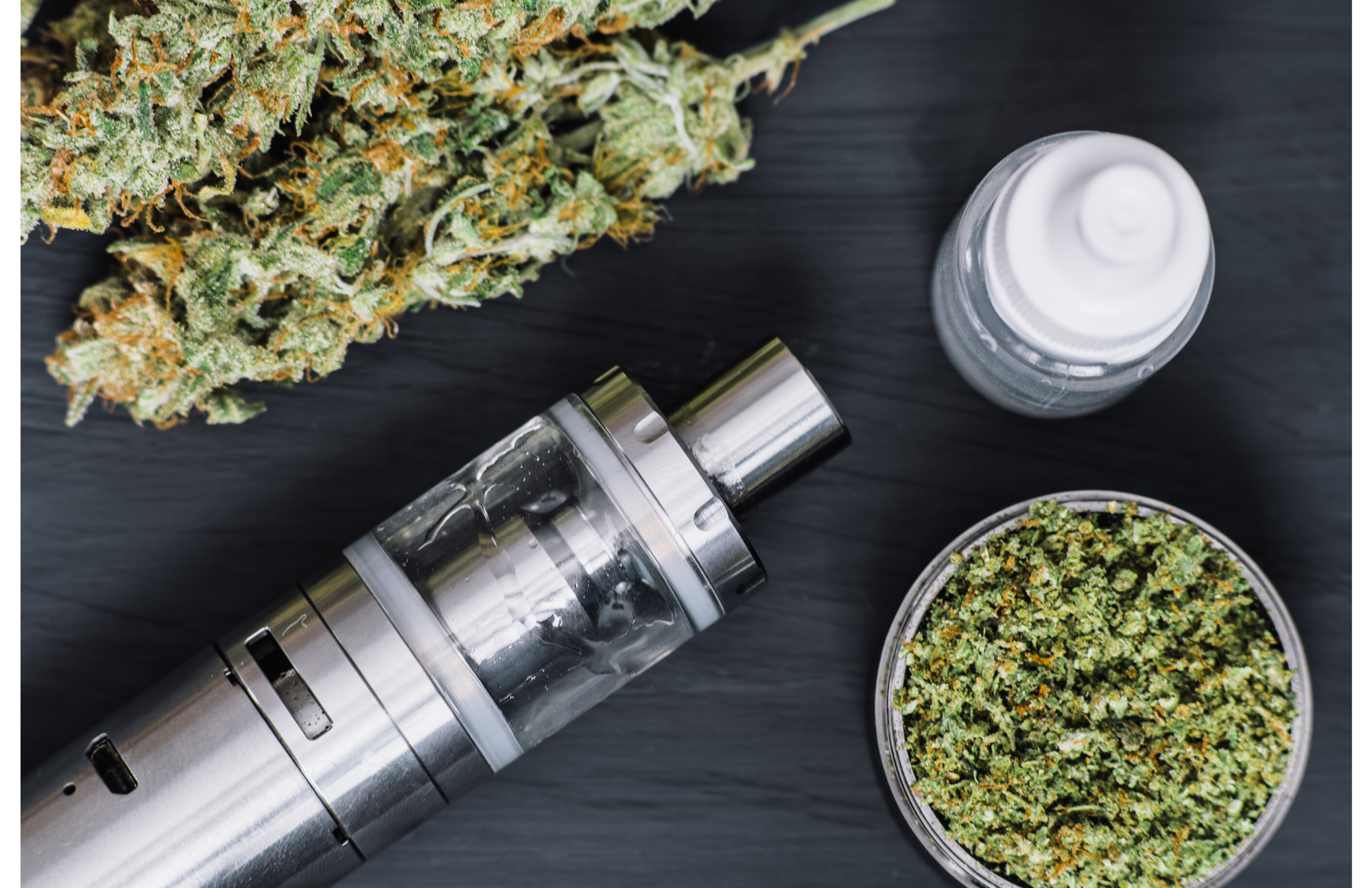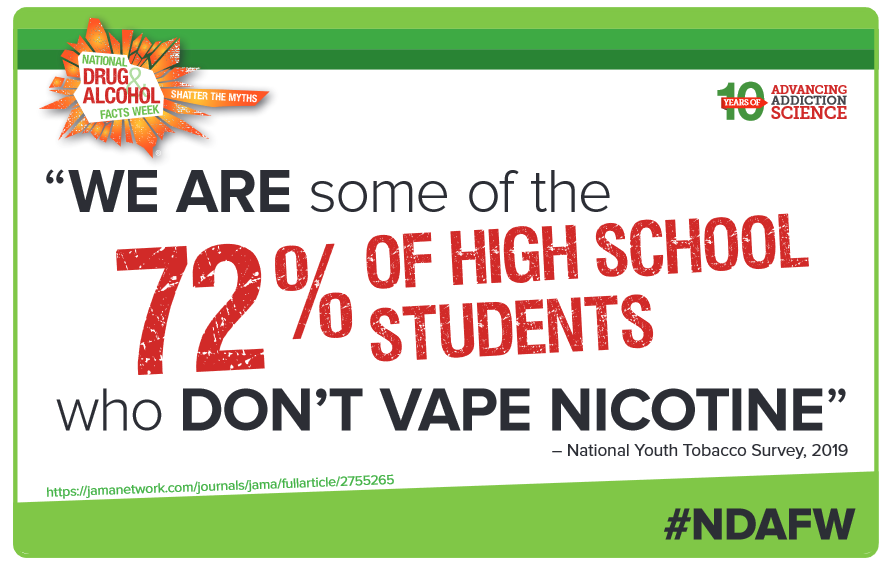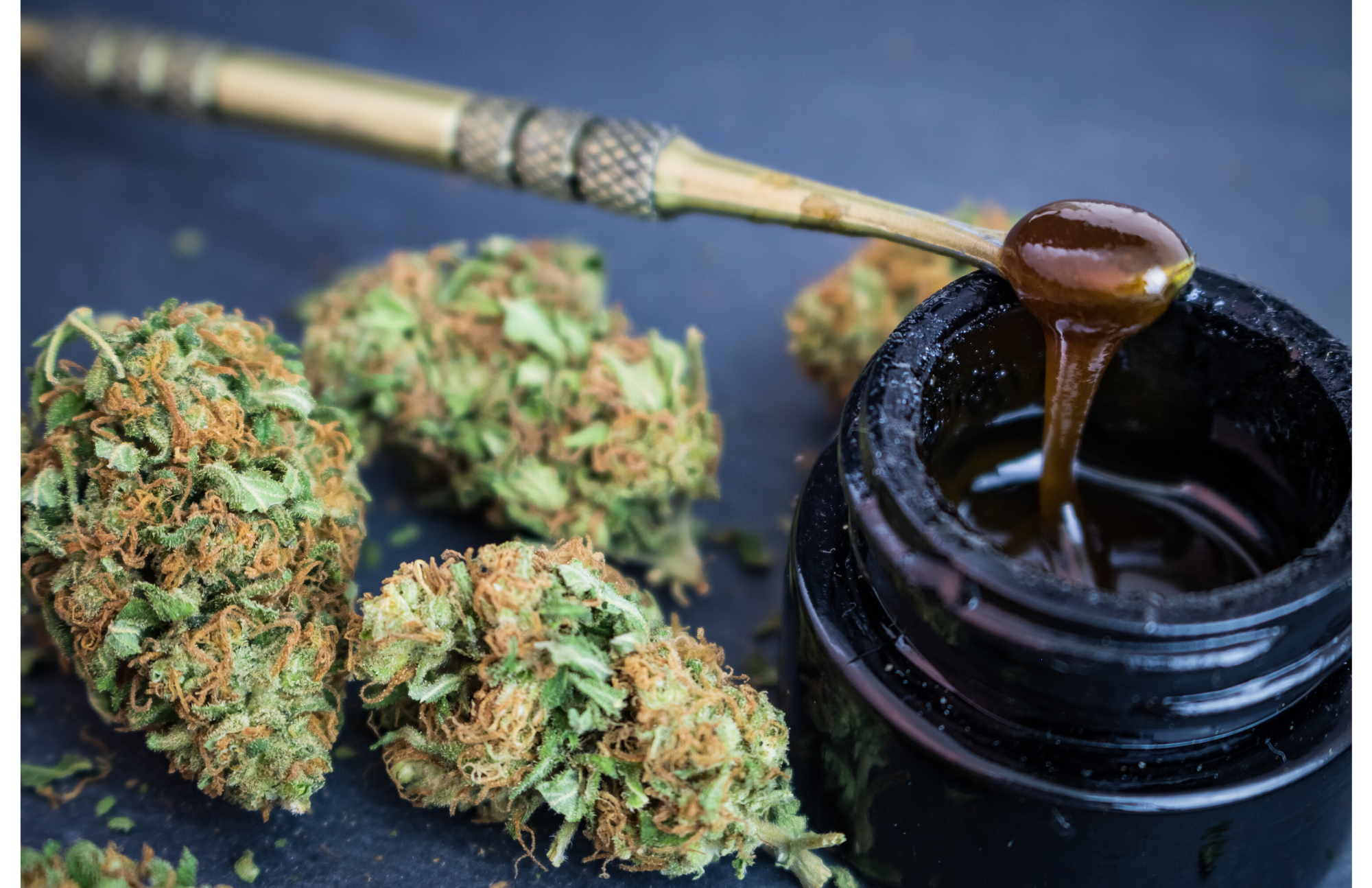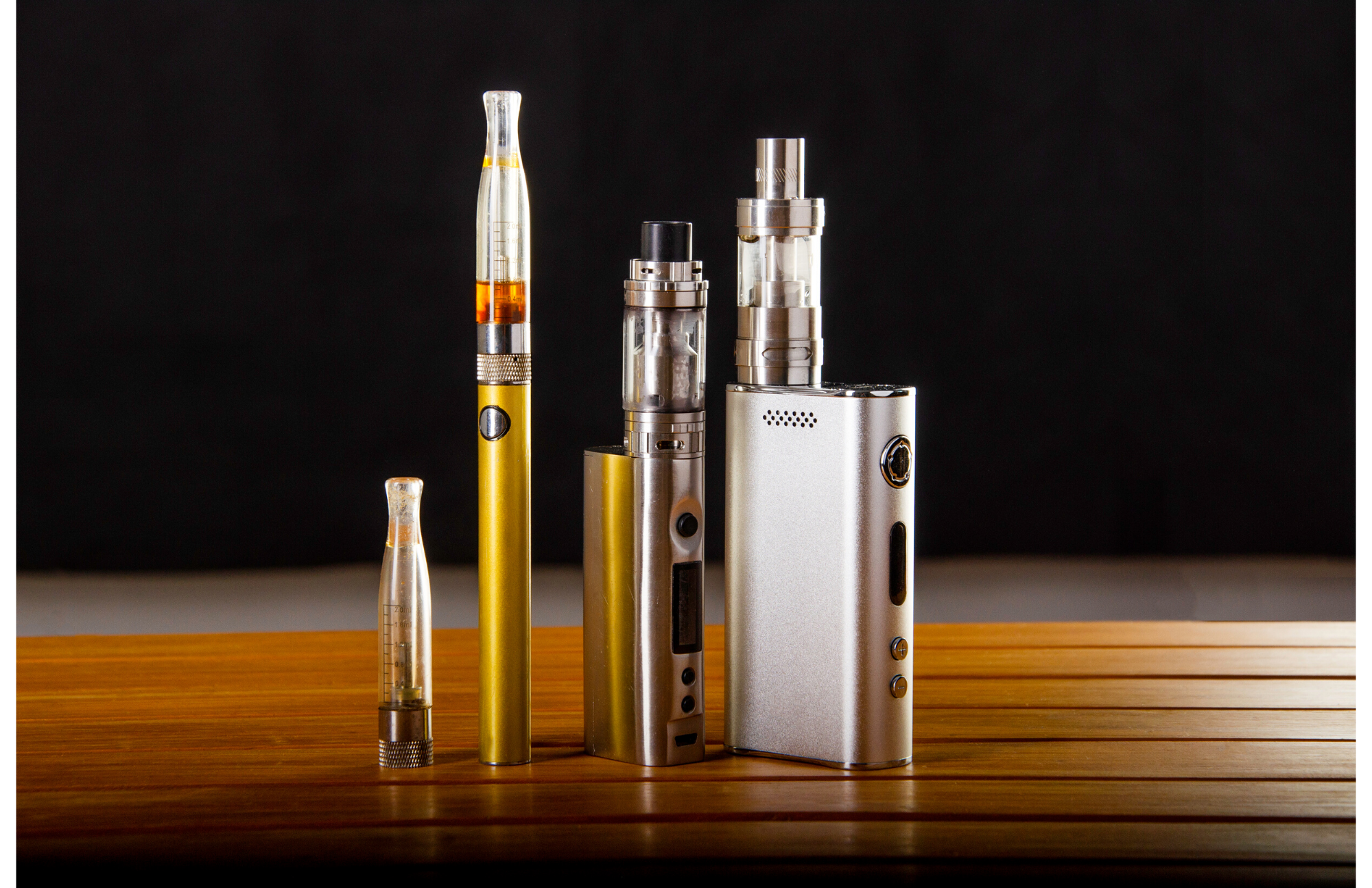According to the CDC, as of January 2020, there have been 60 deaths due to lung injuries caused by the use of e-cigarettes and vaping devices. While vaping-related injuries are more likely to occur when either the device or the e-liquid has been modified, they are also more prevalent when the liquid being vaporized contains THC. It’s true that here are fewer chemicals in e-cigarettes than in traditional tobacco products, but that does not make vaping safe.
The truth is that vaping is every bit as addictive as smoking cigarettes. Nicotine, which is the addictive component, can be inhaled through e-cigarettes in higher concentrations than traditional tobacco products. In addition to the risk of chronic lung conditions and cardiovascular diseases that often arise from any kind of smoking, there is an unknown factor involving chemicals in the liquid that are not yet understood, but probably unsafe.
(Source: Hopkinsmedicine.org, 2020)
Vaping General Warnings
Exposure to Nicotine:
-
Rapid, shallow breathing
-
Increased heart rate
-
Increased blood pressure
-
Highly addictive
Risks for using e-cigarettes or vaping:
-
Teens who use vape products are 4x more likely to smoke traditional cigarettes
-
Improper storage or modification of vaping devices can explode causing burns or other injuries
-
E-liquid exposure by ingestion, injection, or contact with skin or eyes can cause seizures, vomiting, lactic acid buildup, brain injury, or death
Regulations
- Vaping is illegal for those under the age of 21
- Vaping products must display a nicotine warning and all ingredients must be listed
- Merchants are prohibited from claiming vape products are safer than other tobacco products
Know the Signs
- Unfamiliar equipment: Some vaping devices look like flash drives. A small jar with a tool to scoop THC oil is used to vape marijuana.
- Scent without a source: Flavoring can smell like candy or chocolate and be very faint.
- Thirst: Vaping chemicals can cause dry mouth and increased thirst. This drying effect can make people more susceptible to nosebleeds.
- Caffeine sensitivity: Decreased consumption of energy drink or other caffeinated drinks may be a sign of vaping.
- Lingo: “Atty” atomizer, “VG” vegetable glycerine, “sauce” e-juice,
Source: https://drugfree.org/parent-blog/how-to-talk-with-your-kids-about-vaping-guide/
Marijuana Use
-
Driving skills are impaired due to slowed reaction time and impaired coordination
-
Increased risk of depression, anxiety, psychosis and other mental health issues
-
Decline in school/work performance
-
Trouble paying attention, difficulty with problem-solving
-
Impaired memory
Vaping Marijuana
-
By time they reached 12th grade, 10% of adolescents had vaped marijuana.
-
Marijuana use by vaping and edibles is 4% higher among high school seniors in states where medical marijuana is legal.
Source: (NIH, Monitoring the Future Study, 2017)

